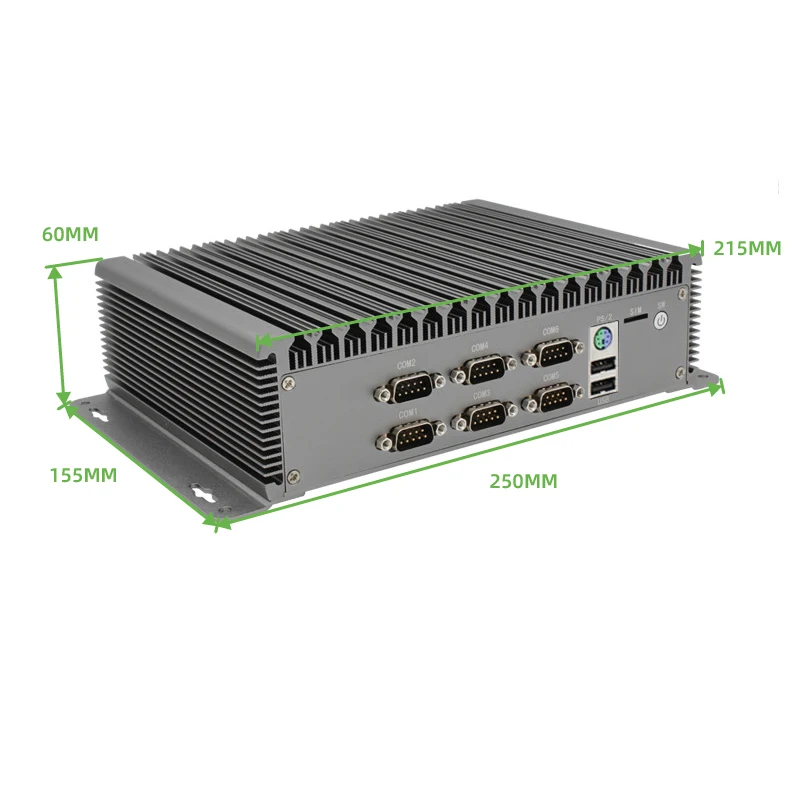Introduction
In today’s fast-moving digital landscape, companies and individuals alike are constantly seeking tools that can streamline workflows, boost efficiency, and simplify complex tasks. Enter Uhoebeans Software – a versatile platform that is steadily gaining attention for its ability to support a wide range of functions, from task management to data analytics, collaboration and beyond. In this article, we’ll explore several practical ways to use Uhoebeans Software, digging into how it can be applied across teams, personal productivity and educational settings—all with human-friendly language and context. By the end, you’ll have a clear sense of how this software can become part of your toolkit.
What Is Uhoebeans Software & Why It Matters
Before diving into specific use-cases, it’s helpful to understand what Uhoebeans Software offers. At its core, it’s a multifunctional digital platform built to assist in areas such as workflow automation, project organization, data handling, and team collaboration.
Its flexibility allows it to serve:
Businesses that need to orchestrate multiple projects, deadlines, and team members.
Freelancers or solo professionals who want a single tool to manage tasks, track progress and stay accountable.
Students or educators interested in organizing workflow, managing assignments or collaborating on research.
Because it spans so many contexts, one of the most valuable things is exploring the many ways to use Uhoebeans Software—which means there’s no “one right” way, but lots of creative and practical possibilities.
1. Organize Projects and Track Progress
One of the foundational ways to use Uhoebeans Software is for project and task management. When you’re juggling multiple deliverables, team members, or deadlines, it’s easy for things to slip through the cracks. This tool gives you a structure.
For example:
Break a large initiative into smaller tasks or milestones (e.g., “Research”, “Draft”, “Review”, “Publish”).
Assign those tasks to individuals or groups, set deadlines and use visual boards or lists to monitor progress.
Use colour-coded labels or tags (urgent, in-progress, done) to prioritise and keep everyone on the same page.
By using the software in this way, you reduce ambiguity, clear up who’s responsible for what, and gain visibility on bottlenecks before they become major issues.
2. Enable Real-time Team Collaboration
When teams are remote, hybrid or simply spread across functions, siloed communication and scattered files become major hinderances. Uhoebeans Software shines when used for collaboration, which is another prime example of the ways to use it.
Here’s how:
Create dedicated discussion boards or channels for specific topics (e.g., “Client Feedback”, “Design Iterations”, “Marketing Brainstorm”).
Upload and share files directly in-platform, tag team members, leave comments, and keep everything in one location instead of bouncing between email threads.
Store versioned documents and maintain a log of changes so that teammates can trace previous decisions and avoid duplicated effort.
In short, the software becomes a central hub—not just for tasks, but for conversation, file sharing and collective knowledge.
3. Automate Routine Workflows to Save Time
One of the more powerful and under-used areas is automation. By automating repetitive sequences, you free up brain-space and hours for creative, strategic, or high-value work. This is a key dimension of the ways to use Uhoebeans Software.
Explore possibilities such as:
Automatically sending follow-up emails or reminders after task-completion or when deadlines approach.
Generating weekly status or sales reports based on live data within the platform.
Moving tasks to an archive board or changing their status once certain triggers occur (for instance: when an invoice is paid or a document is approved).
As a result you’re reducing manual overhead, lowering risk of human error, and enabling your team to focus on what truly adds value.
4. Use It for Customer Support, CRM or Service Tracking
While often presented as a project-oriented tool, one of the creative ways to use Uhoebeans Software is for managing customer interactions, service teams, or CRM-style workflows.
Consider this application:
Each customer query or ticket becomes a task or “card” in the system, assigned to a support representative, tracked through to resolution. Use tags or statuses such as “Awaiting customer”, “In review”, “Resolved” to maintain clarity.
Maintain an archive of past cases so you can measure response times, identify recurring issues, and improve service delivery.
Given that service excellence has become a differentiator, using this software for support or customer-facing workflows is a smart move.
5. Track Goals, Budgets and Data Insights
Beyond tasks and teams, Uhoebeans Software can also be used as a lightweight data hub—to monitor goals, budgets, metrics and performance indicators. This is another important dimension of the ways to use Uhoebeans Software.
How you might use it:
Set up dashboards where you track monthly or annual goals (for example: “Increase revenue by 20%”, “Launch new product”, “Reduce churn rate”). Then link tasks and milestones to those goals so you know how day-to-day activity contributes.
Log expenses, subscriptions, project budgets within the system; set alerts when spending nears a limit or when a project is over-budget.
Leverage built-in charts or integrate with analytics tools so you get both qualitative and quantitative visibility into performance and trends.
In short, it moves you from reactive (“What happened?”) to proactive (“What’s next?”) and enables better decision-making.
6. Enhance Personal Productivity and Learning
While many think of this kind of software in a business context, it can also be extremely useful on an individual level—one of the more flexible ways to use Uhoebeans Software.
Some personal applications include:
Daily task lists with reminders, time-block planning, habit tracking and micro-goals (e.g., “Write for 30 mins”, “Read a chapter”, “Exercise”).
Onboarding yourself to a new skill: upload tutorial videos, mark watched/unwatched items, create related tasks for practice.
Educational uses: if you’re a student or tutor, use the platform to map assignments, track group contributions, share research material and manage deadlines.
By personalising it to your own workflow and preferences, you amplify your accountability and reduce the friction of switching between many apps.
7. Creative and Content-Project Planning
Another area where Uhoebeans Software can shine is in creative workflows—whether you’re planning a blog, podcast, video series or design work. This creative angle adds further richness to the ways to use Uhoebeans Software.
Here’s how:
Create an “Idea Pipeline” board: name concepts, assign status (“Idea”, “In development”, “Scheduled”, “Published”).
Attach files or sketches, invite collaborators (designers, editors, writers) and set a timeline from ideation to launch.
Use the automation feature to trigger tasks like “Notify social team 3 days before publish” or “Archive when published”.
Use the reporting/budgeting feature to track cost of production, returns on campaign, or social metrics.
By bringing structure to creative thinking, you reduce ad-hoc chaos and gain consistency in output.
8. Onboarding and Training New Team Members
When new team members join, the process of bringing them up to speed can be resource-intensive. One of the smart ways to use Uhoebeans Software is for streamlined onboarding and training.
Consider:
Create an onboarding board with tasks like “Complete HR paperwork”, “Watch training video”, “Shadow team member”, “First project”.
Assign mentors and track progress; allow new hires to check off items and ask questions within the same system.
Store training resources (videos, documents, checklists) so future onboarding is faster and more consistent.
This not only improves the new hire experience but also ensures that your team stays aligned, reduces duplication and speeds up the feedback loop.
9. Integrating With Other Tools & Ecosystems
To get the most out of Uhoebeans Software, one of the ways to use it effectively is by integrating it with other apps and workflows rather than using it in isolation.
Here’s what you might consider:
Connect it with email, calendar tools, chat apps so tasks created respond to external triggers (e.g., “Email received” creates a new task automatically).
Link analytics or BI tools so performance dashboards in the platform reflect live data.
Use templates within the software for common workflows (marketing launch, client onboarding, research project) so you reduce setup time.
By making it part of your existing ecosystem, you ensure it becomes a hub—not an additional silo.
Conclusion
In summary, the many ways to use Uhoebeans Software span from business teams managing complex projects, to individuals improving their personal productivity, right through to creative professionals planning content and educators organising learning. Its real value lies in its flexibility: you can tailor it to your context, connect it with your existing tools, and gradually build workflows that resonate with how you work.
Whether you’re looking to centralise communication, automate routine tasks, track performance metrics, or simply bring more clarity to what you do every day—this software offers a compelling platform. The key is to start small: pick one use-case (say, task management or automation), build out the workflow, iterate, and expand into other areas. Over time, you’ll not only see operational gains but also feel more in control of your work and results.
If you’re ready to explore how this tool might fit your specific context—be it a business team, a freelancer, a student or a creative project—let me know and we can dive into setup tips, best practices, or templates that match your goals.






